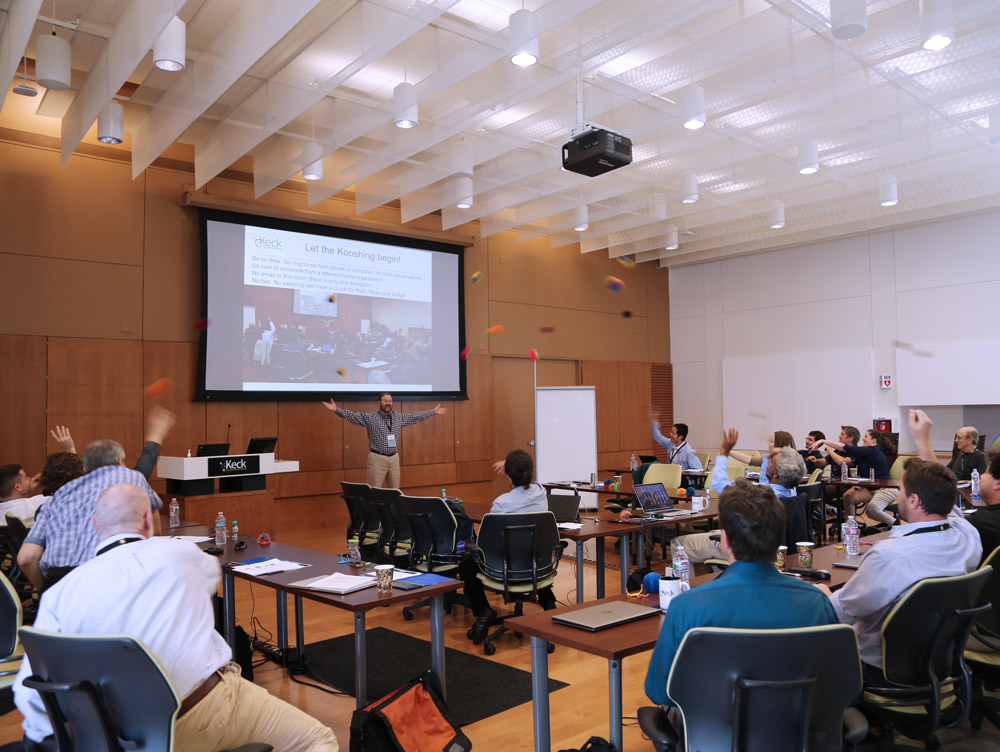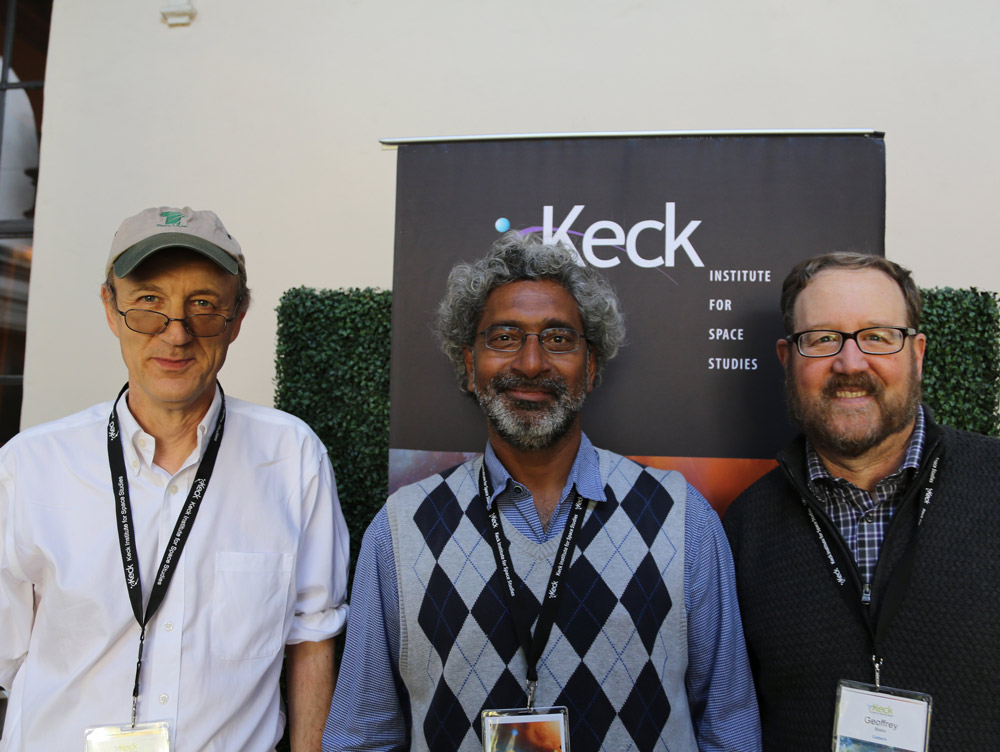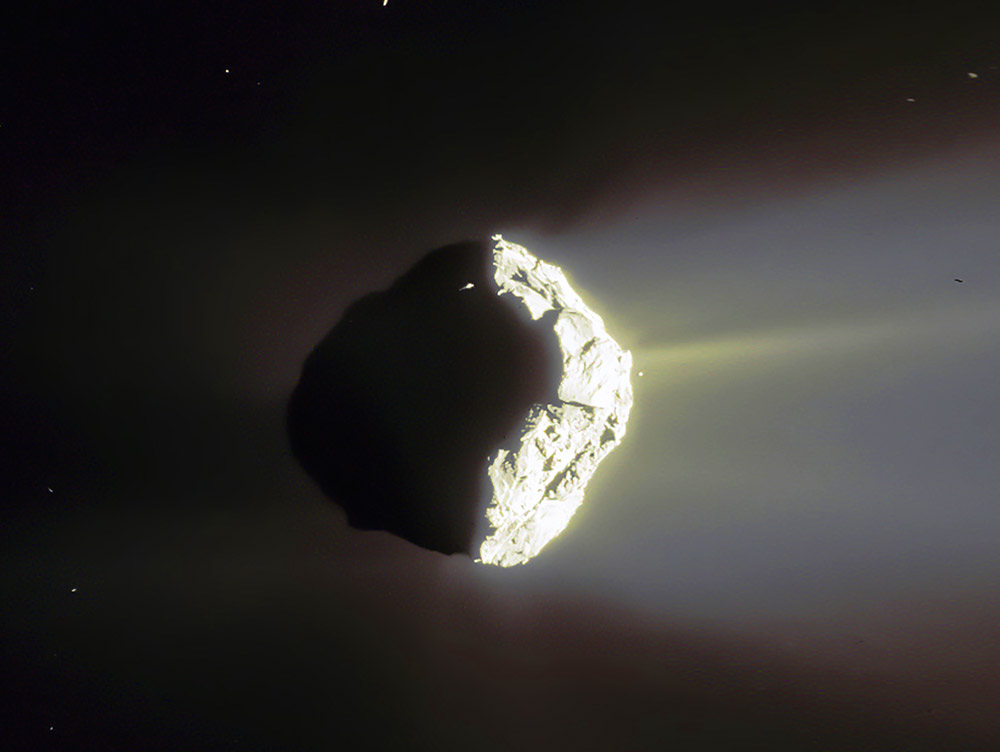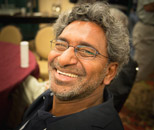Workshop Overview:
Understanding the physical and chemical composition of a comet’s nucleus interior has been one of the holy grails of modern space explorations – from astrophysics of ice and dust through planet formation to the origin of prebiotic matter. Understanding comet’s nuclear composition could provide insight into whether comet impacts may have triggered the origin of life on early Earth. For this reason, a Comet Surface Sample Return (CSSR) Mission has been considered one of the highest priorities in the Planetary Decadal Survey. However, this survey was conducted before the Rosetta spacecraft had its closest rendezvous with the comet Churyumov–Gerasimenko (67P/CG) during 2014-2016, which resulted in unprecedented cometary observations and the first attempt to land on a comet by Philae.
Preliminary estimates from Rosetta are that a comet’s nucleus interior could be at ~30 K based on the observation of several supervolatiles such as CO, O2, N2, and Argon. We should emphasize here that Rosetta visited a short-period comet (67P/CG), which would have orbited several times around the Sun. In spite of this fact, the Rosetta observations indicate that the interior of 67P/CG is so cold, making future ultra-low-temperature CNSR a critical and giant step forward.
How deep should an ice core/sample be fetched is one of the science questions that will be evaluated. Another key science question that still remains mostly unanswered is regarding the physical composition of the cometary nucleus ice and the role of mineral (silicate) dust and how it coexists with ice is also unclear. The interstellar ice grain model of silicate dust of a few-microns-size covered with ice. Would these particles be retained in cometary nuclei? Besides the hypervolatiles, it is the contextual relationship of the dust and ice mixture that is key to be preserved during a CNSR mission.
In order to address these fundamental questions, we need to critically evaluate how much below 90 K (the previous baseline) is required for safe return and storage of samples. The selection of a lower temperature may be needed in order to bring the astrophysics, solar system, and origin of life research a large step closer to finding the answers to these questions. During this process, we would also need to evaluate technologies and mission scenarios that are available or needed to be developed in bringing back samples to Earth. We will not discuss/evaluate sample curation facilities and analysis of the returned samples during this study, because constraining the sample acquisition and sample transport would form the basis for the Earth-based technological challenges to be addressed in a future study. Further, there are facilities being built and evaluated for liquid nitrogen temperatures (77K) and extrapolation to lower temperatures will not be a technological road-block.
The goals of this study are twofold:
- Evaluate a comet’s nucleus interior based on the new results from the Rosetta mission and determine the science impact tradeoffs for a series of temperature ranges for a cryogenic comet nucleus sample return mission.
- Determine the technology needs and technology readiness levels (TRLs) for the various temperature ranges narrowed down in the first goal.




















